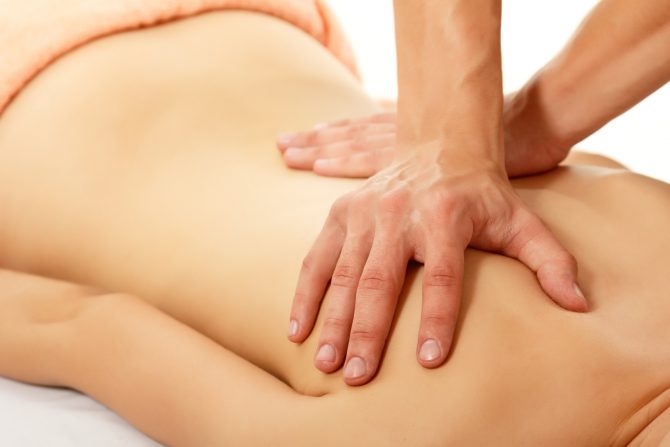Many of us suffer with tension and stress on a daily basis. Stress can make us physically ill, depressed and suicidal. Stress and tension don’t live only in the mind though, don’t think that you can live tension-free by focusing on the mind alone, the stresses of daily life can cause tensions that take hold in our bodies too. It is widely accepted that bodily pain can be caused by not just physical but emotional trauma. Rolfing was developed in 1971 by an American biochemist called Ida Rolf, Dr. Rolf argued that the body is a web-like system of energy and connective tissues not the collection of individual parts that conventional medicine treats.
What Is Rolfing?
Rolfers manipulate the myofascial system (connective tissue) with the aim of correcting the body’s posture and structure. The process is considered a deep-tissue treatment but it actually works on all layers of the body, the aim is to ease strain patterns in the entire body. According to Wikipedia “there is no good evidence Rolfing is effective for the treatment of any health condition.” The Australian Department of Health published a review of 17 alternative health treatments in 2017, they found no clear evidence that Rolfing was effective but Rolfing is extremely popular in the United States and it is gaining popularity around the world. Several top level athletes regularly under take Rolfing treatments, Rolfing is regularly used to improve athletic performance and to treat sports related injuries.
Many of us have to sit for long periods at a computer or steering wheel, our jobs can make us prone to Repetitive Strain Injuries (RSI). Work related injuries of this kind can be very difficult for conventional medicine to diagnose and treat.
What Other Problems Can Rolfing Treat?
Sufferers of the below conditions have reported success following a Rolfing recipe:
1. Carpel Tunnel syndrome.
2. Arthritis.
3. Curvature of the Spine.
4. Chronic stress.
5. Back problems.
6. Chronic pain.
7. TMJ pain.
8. Visceral restrictions.
9. Neck problems.
10. Joint pains.
11. Headaches.
12. Feet issues and more.

What to Expect
When you visit a Rolfing practitioner they will want to discuss your goals and expectations of treatment. Each session will begin with a body reading, the Rolfer will want to see how you habitually breathe, stand, walk, sit and move in your everyday life or sport. The average session lasts one hour. At the first treatment session the Rolfing practitioner will prescribe a recipe, the recipe that the Rolfer prescribes will be a blend of exercises, hands-on fascia manipulation and movement education. The Rolfer may recommend you pay greater attention to your posture when seated or moving so a degree of mindfulness, mind body connection maybe gained.
Does Rolfing Hurt?
There are many factors which will determine the level of comfort a client will experience during a Rolfing session: The degree of trauma in the client’s system; what length of time distortions have been in the client’s body, the amount of emotional charge associated with the injury or strain.
Dr. Rolf said, emotional pain is often experienced during the treatment process. This emotional pain is caused because deeply held emotional traumas and memories are brought to the surface where they can be processed.
This post was written and supplied on behalf of Jaro Wojciechowski, a London based Rolfing practioner and personal trainer.

